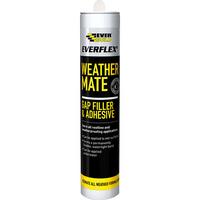Update to give a few cautions, in case anyone's as naive as me:
1. Don't be afraid to reshape the ends of the ribs a little to allow for the properties of the wood you're trying to fit around for the rails. This is the one rib that I referred to above, which kept coming detached as I steamed the strip above to fit. I think it did this here because, in spite of steaming, it wasn't bent enough; and that it needed to bend too much because of the shape of the previous rib. Slight adjustment to the rib would have fixed this, as the other side was fine.
On the 4th go, I put the screw in, into the base (so not just along the ply joins) - I may leave it having ground the head away, and hide it; or I may remove it. Planning for the latter, I shaped a wedge to the internal contour and glued it to the base and the strips above, to add security (you can just about see the outer edge of the wedge).
2. Remove excess glue from the ribs before attaching.
One thing I've struggled with is putting enough pressure on the strips to clamp firmly against the one below, but not so much that it detaches the one below from the rib. A couple of time I've done this and heard a small crack which I suppose is the one below detaching from the rib, something that'll happen more easily if you don't clean the glue off the rib from the previous strip. The glue needs to soak into open pores on both sides.
3. Make sure your guides are well set up when routing coves and beads.
Mine were set well for the coves, but the beads I did before with no guides the far side of the router. Hence the inaccuracies on some strips, in spite of everything being set up correctly. I started to clean this bit up with a block plane and a bit of sandpaper just to see how it'd look - it can have more removed, but we can't just keep going or we'll weaken the rails.
All very obvious woodworking stuff, I'm sure, but it wasn't so obvious to me til we tried!
Another question. I wanted to stain the spruce strips for the deck quite dark and insert narrower light strips, but have realised that a) stain can make glue joins less strong, and b) we'll need to plane and sand the deck after attaching which'll remove the stain in places.
Can you mask wood and stain, or does stain just seep under the masking tape? Any alternatives? All suggestions welcome! Thanks.
ps - I forgot - sometimes you need to plane away the inner edge of the cove so the strip will sit properly on the strip beneath, as the ribs can stop this happening in places.





































